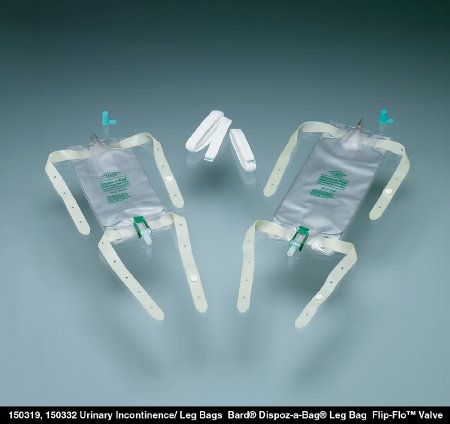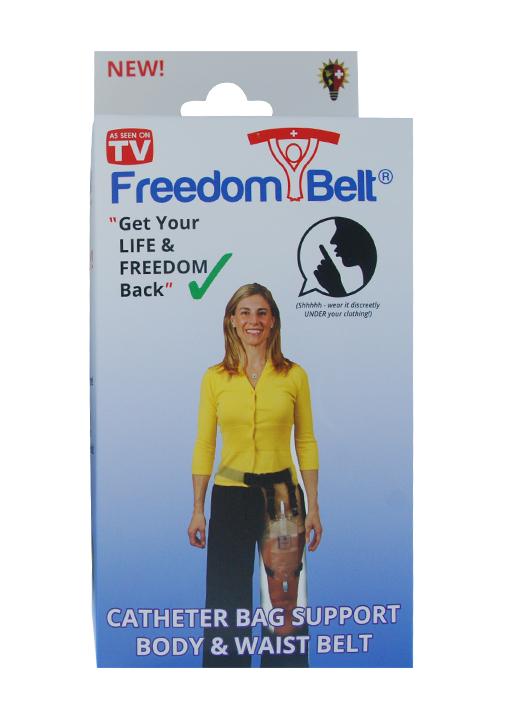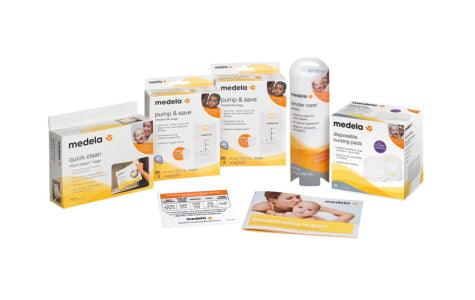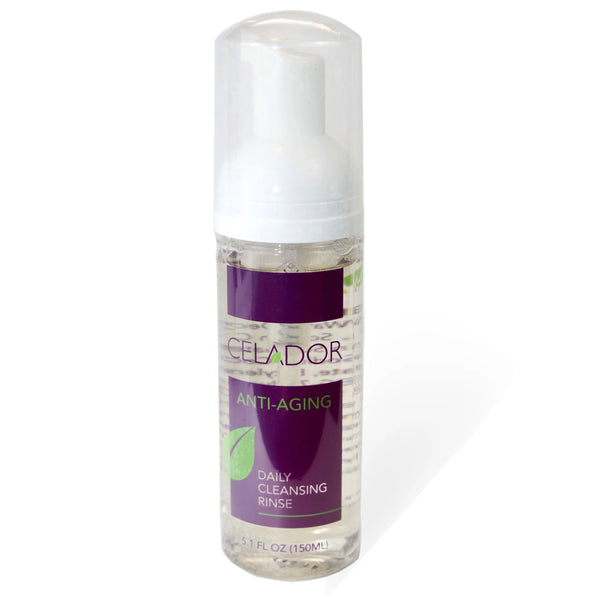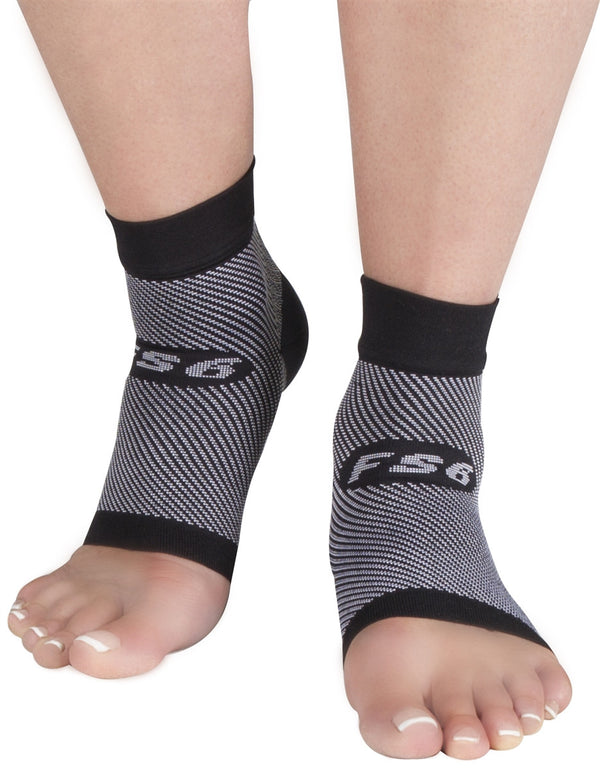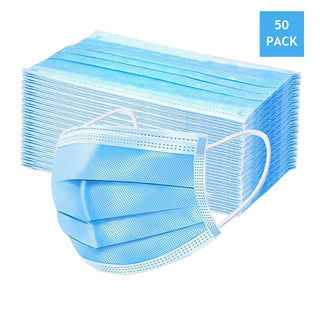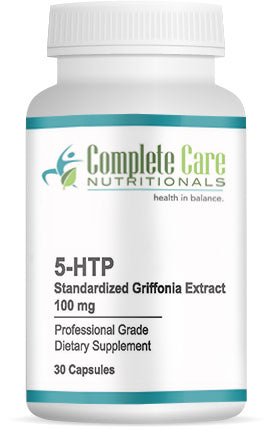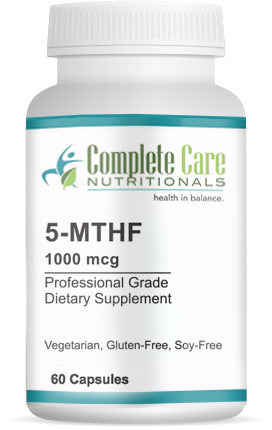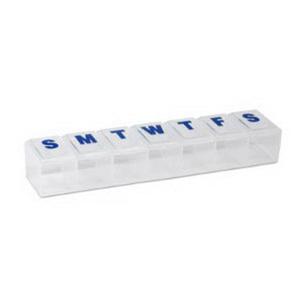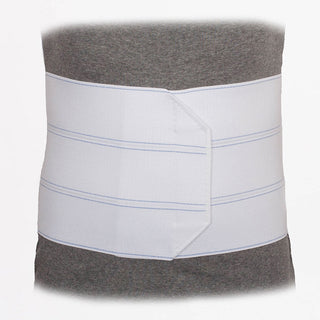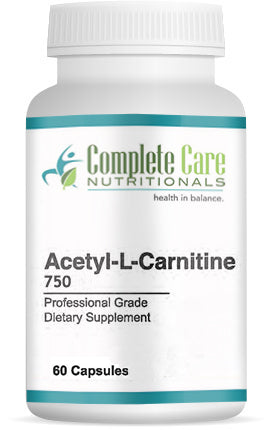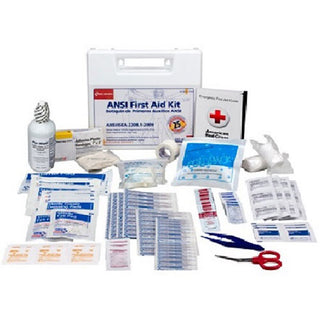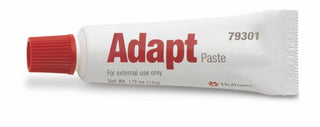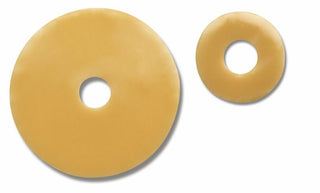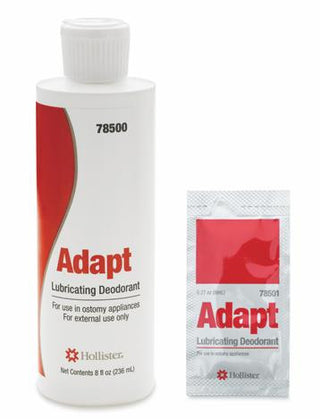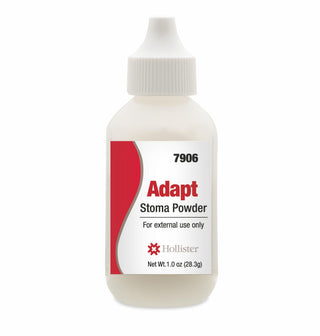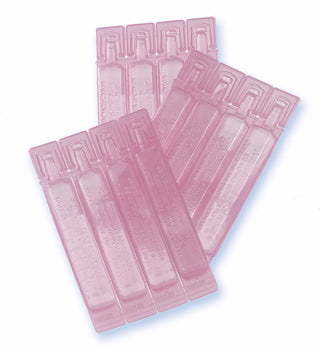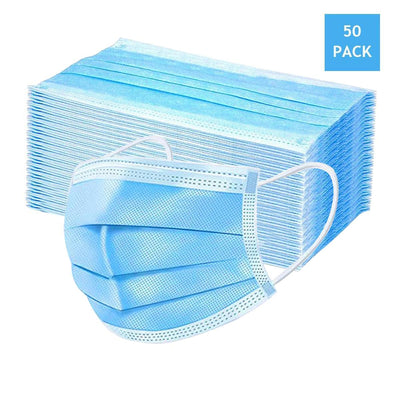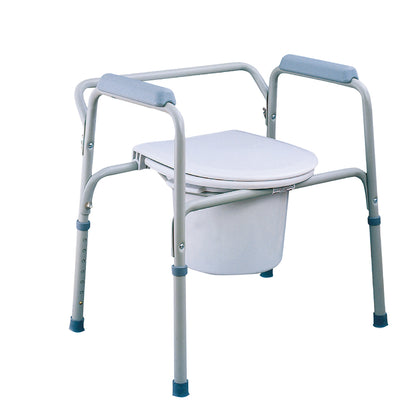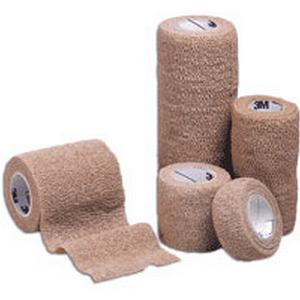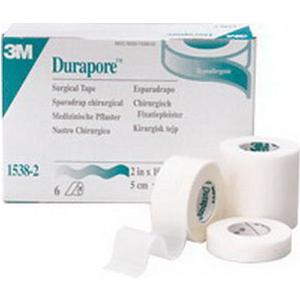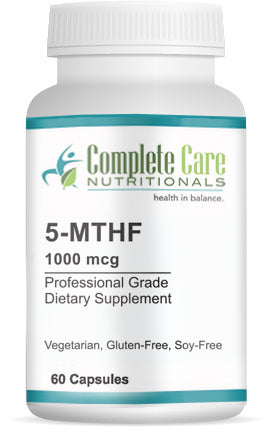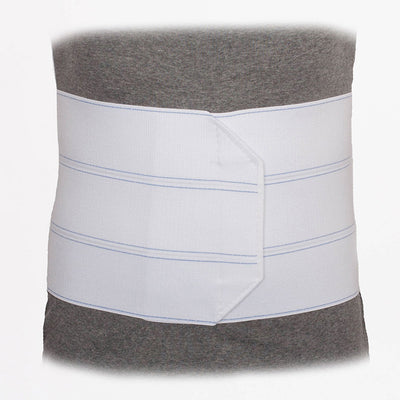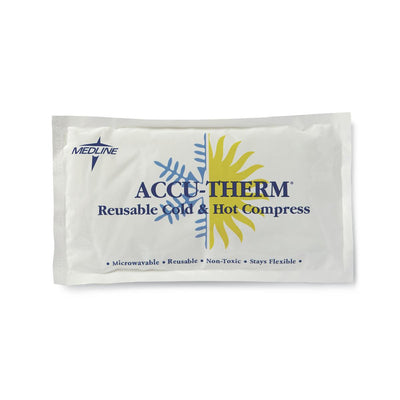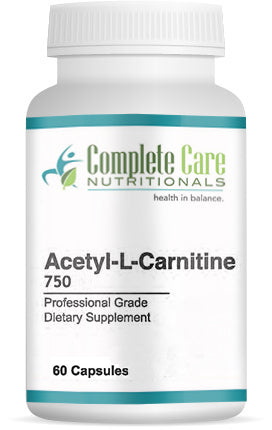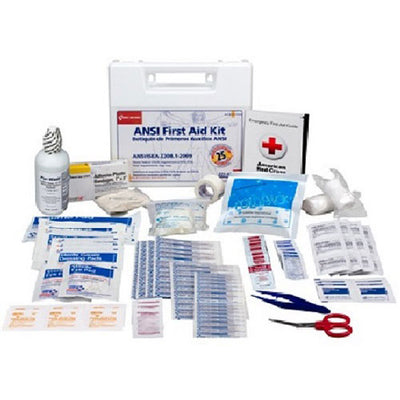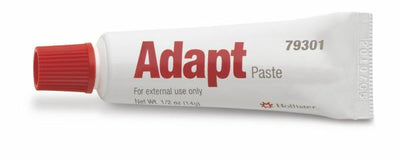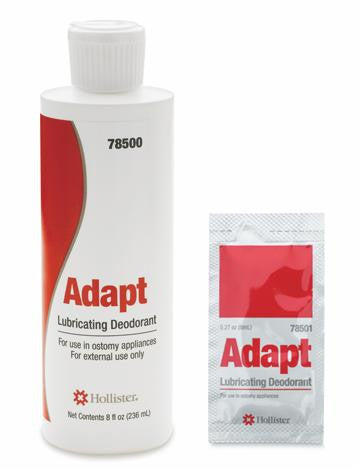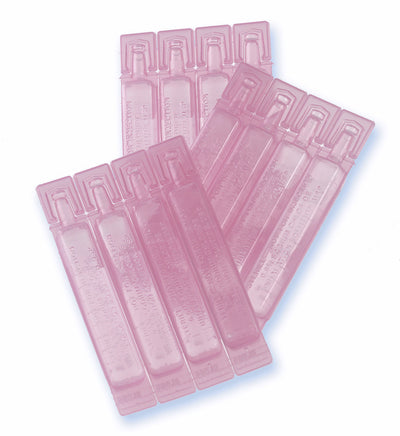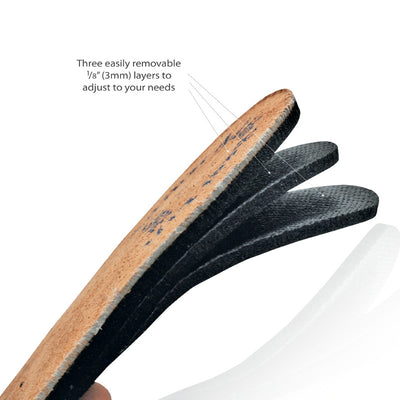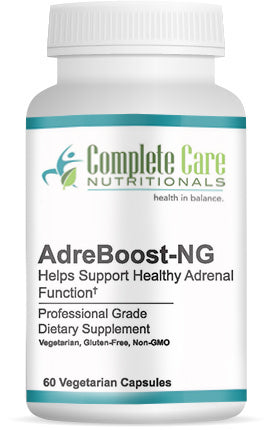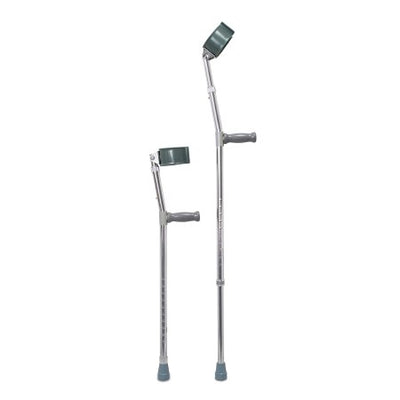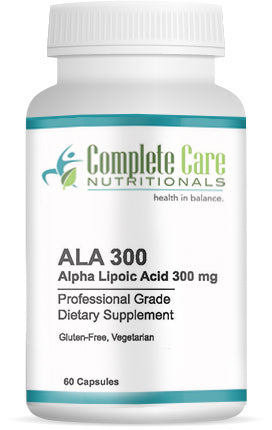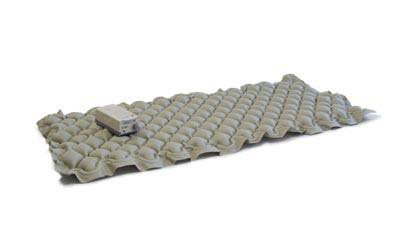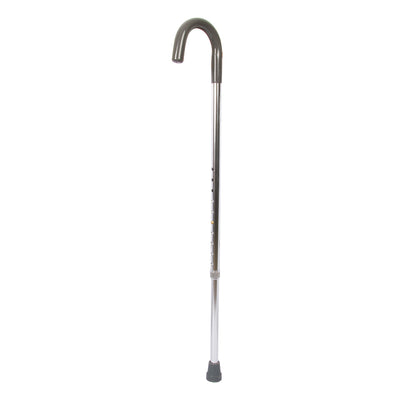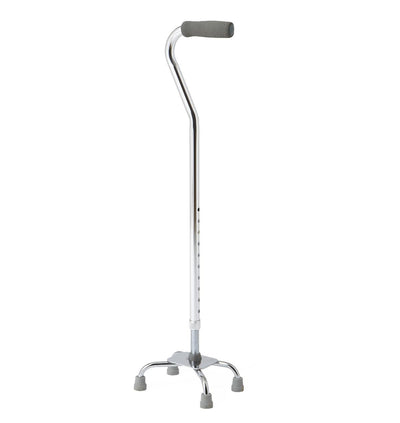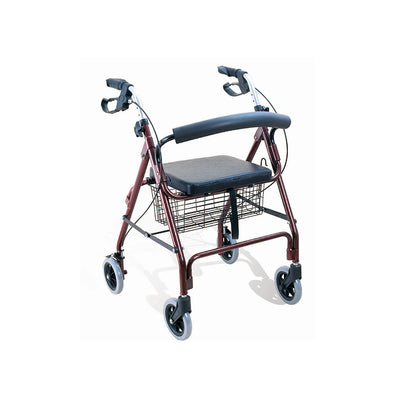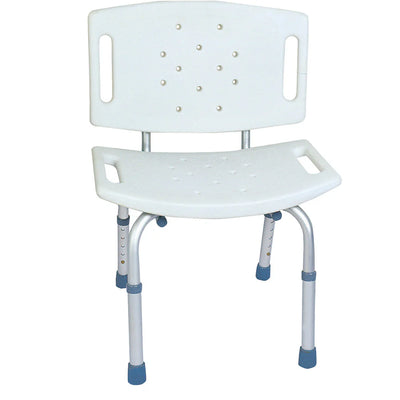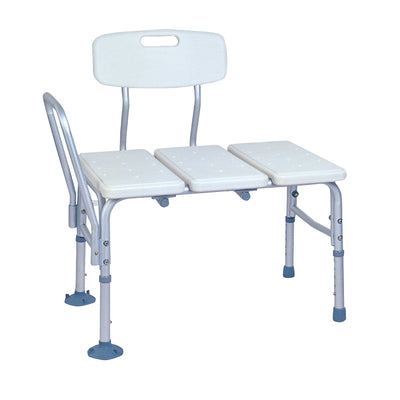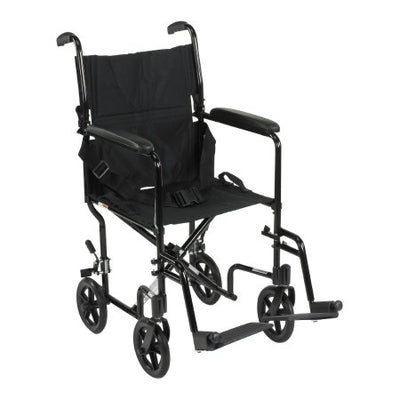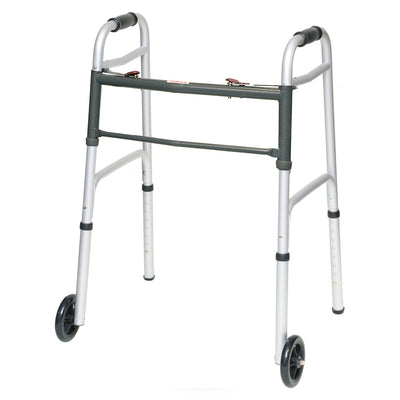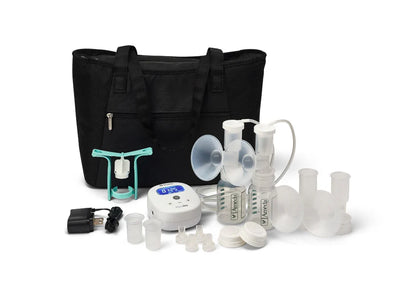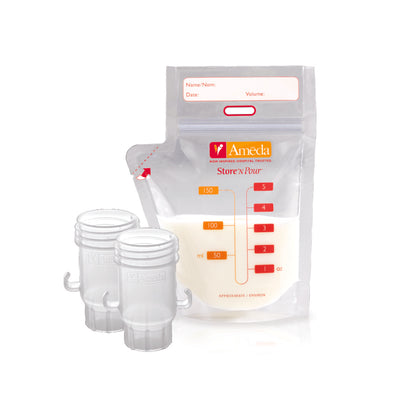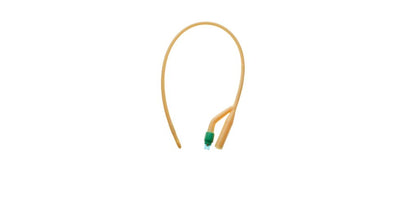Study: Catheter Insertion Could Significantly Reduce Labor Time For Women
Once such reason was to help induce labor in pregnant women. In the 1930s, catheter insertion was used for this purpose and was carried out in a relatively simple way. By inserting the catheter balloon into the womb and pumping it full of saline solution, the cervix is coaxed open, thus jump-starting the labor process.
However, the procedure fell out of fashion. Instead of utilizing medical supplies like catheters, many doctors instead opt for drugs to help with difficult deliveries. Since then, urological supplies like Foley catheters haven't been used much to help in labor and delivery.
But now, a study out of the Perelman School of Medicine at the University of Pennsylvania is attesting that the best method for medically induced labor may have been right in front of us the whole time: the Foley catheter.
By using a combination of misoprostol and a balloon catheter, researchers found that the average delivery time was reduced by over four hours. This combination was found to be far more successful than either method use alone. In addition, it was also far more effective than the combination of the Foley catheter and oxytocin, the drug often used in labor inductions.
Clocking in at an average delivery time of 13.1 hours, the misoprostol-Foley method was clearly the most effectiveamong the women studied. By comparison, the Foley-oxytocin method resulted in an average delivery time of 14.5 hours, while misoprostol alone took an average of 17.6 hours and the Foley method took 17.7 hours for delivery.
Their findings were the result of the largest ever clinical trial conducted on labor induction methods. Unlike previous studies that had a relatively small pool of participants, this most recent study enrolled nearly 500 women who required labor induction.
Study lead author Dr. Lisa Levine stated that their "results clearly show that the misoprostol-Foley combination method could significantly reduce the total time mothers spend in the delivery room, potentially leading to a reduction of labor-associated healthcare costs and risks to mothers and their babies."
Although labor induction is not ideal, it is necessary under certain circumstances or with medical conditions like gestational diabetes or preeclampsia. Previous studies have found that the Foley method can lead to fewer complications and less distress for the baby than methods like hormone gel. And Dr. Levine says that this new combination method could also reduce stress for mothers who are waiting to deliver.
These findings are certainly good news for many expectant mothers as well as for medical suppliers. What's even better is that we understand the medical needs of moms who are expecting or who have just given birth. In our online medical supply store, we offer countless options for breast pumps as well as support belts for during pregnancy and after delivery. Although the use of Foley catheters in labor induction may not catch on for all doctors right away, our medical supply store has you covered both during and after pregnancy. To find out more, contact us today.
← Older Post Newer Post →








